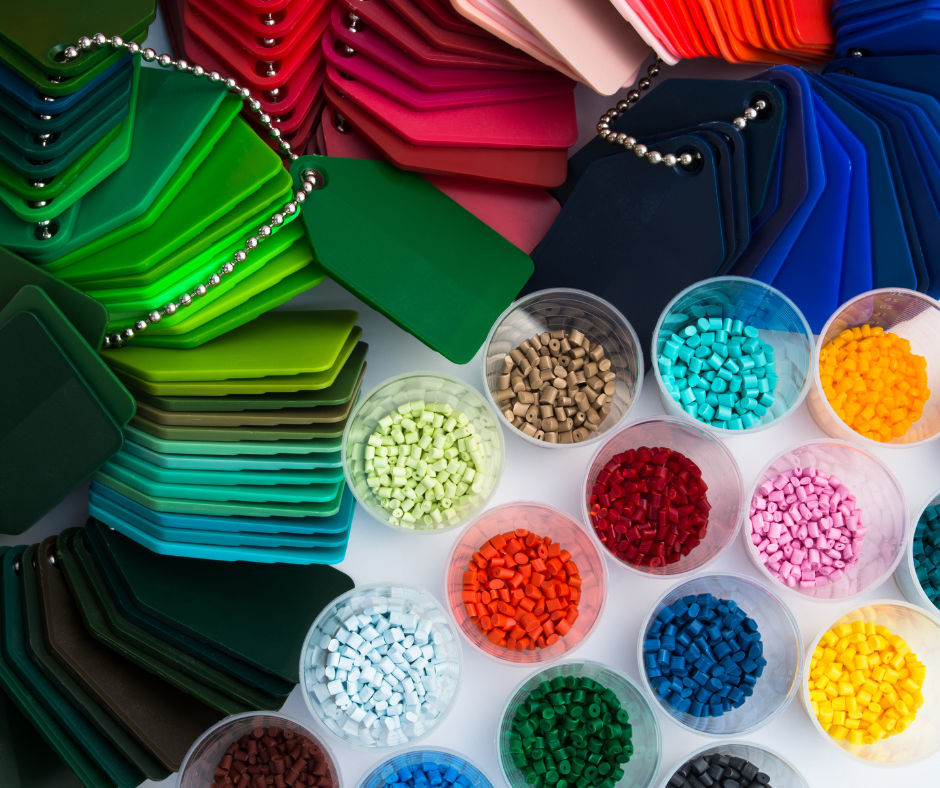Lasting Polymers: Eco-Friendly Solutions for the Future
Lasting Polymers: Eco-Friendly Solutions for the Future
Blog Article
Using the Power of Polymers: Comprehending the Extensive Usages and Positive Effects
Polymers, with their varied chemical frameworks and residential properties, have actually become indispensable in countless industries, transforming the means we communicate with products every day. From the packaging that safeguards our food to the fibers that outfit us, the applications of polymers are substantial and varied. Past their common visibility lies a deeper understanding of their positive effects, reaching much beyond mere comfort. As we discover the comprehensive uses polymers and their duty fit a much more lasting, reliable, and ingenious future, it comes to be apparent that their potential is as huge as the particles themselves.
Adaptability in Everyday Products
One of the most common uses of polymers is in product packaging materials. Furthermore, polymers play a vital function in the vehicle sector, where they are utilized in producing lightweight elements that boost gas performance.
Biodegradable polymers are utilized in sutures and implants, lowering the risk of adverse responses in clients. In the construction sector, polymers are included into paints, adhesives, and insulation products, boosting durability and power efficiency.
Sustainability in Material Innovations
With the recurring focus on environmental consciousness and source performance, the emphasis changes towards sustainability in material innovations, mirroring a growing dedication to responsible manufacturing practices throughout numerous industries. In recent times, there has actually been a noteworthy surge in the advancement of sustainable products, especially within the world of polymers. These ingenious materials are developed to reduce ecological influence throughout their whole lifecycle-- from sourcing basic materials to disposal or recycling.
One substantial aspect of sustainability in material developments is the concept of biodegradability. Naturally degradable polymers have amassed focus for their ability to damage down normally into safe by-products, decreasing waste and contamination. In addition, using recycled polymers originated from post-consumer or post-industrial resources is gaining grip as a way of advertising a round economic situation and lowering reliance on virgin products.

Enhancing Efficiency in Design
Enhancing performance in design needs a precise combination of advanced modern technologies and precise methodologies to optimize capability and efficiency in different industrial applications. Polymers play an essential role in this undertaking, providing a wide variety of advantages that boost the efficiency of design materials and elements.
One key aspect of enhancing performance in design is the capacity of polymers to boost resilience and strength. By including polymers right into design designs, producers can develop lightweight yet robust frameworks that can withstand high degrees of tension and strain. This characteristic is especially useful in industries such as aerospace, vehicle, and construction, where the demand for solid yet lightweight materials is vital.
Moreover, polymers can likewise boost efficiency by providing thermal and chemical resistance, reducing rubbing, and improving electric conductivity. These residential or commercial properties make polymers perfect for a large range of design applications, consisting of seals, bearings, coatings, and electronic components. Polymers. By harnessing the special homes of polymers, engineers can optimize the efficiency of their layouts and create much more effective and reputable products
Effect On Medical Improvements
Polymers have played a critical role in modern-day medical advancements, varying from drug shipment systems to tissue design. One of the key areas where polymers have made a significant impact is in the growth of eco-friendly stitches and implants.
Additionally, polymer-based materials are significantly being utilized in clinical gadgets such as catheters, stents, and prosthetics due to their biocompatibility and look at here now convenience. As an example, polymer layers on medical devices can protect against infections and boost total individual end results. In addition, improvements in nanomedicine have allowed making use of polymer nanoparticles for targeted drug delivery, boosting the effectiveness and minimizing adverse effects of various medications
Function in Environmental Preservation

Additionally, polymers are made use of in water treatment procedures, aiding in the purification and recycling of water resources. This helps in minimizing water contamination and ensuring access to clean water for both human consumption and ecological wellness. Polymers additionally play a duty in agriculture via the development of eco-friendly composts and controlled-release plant foods, promoting sustainable farming practices.
Conclusion
In final thought, polymers have actually shown to be a flexible and essential product in different markets, from daily products to engineering and medical advancements. Understanding the considerable uses of polymers highlights their value in driving read review advancement and progress in several fields.
Report this page